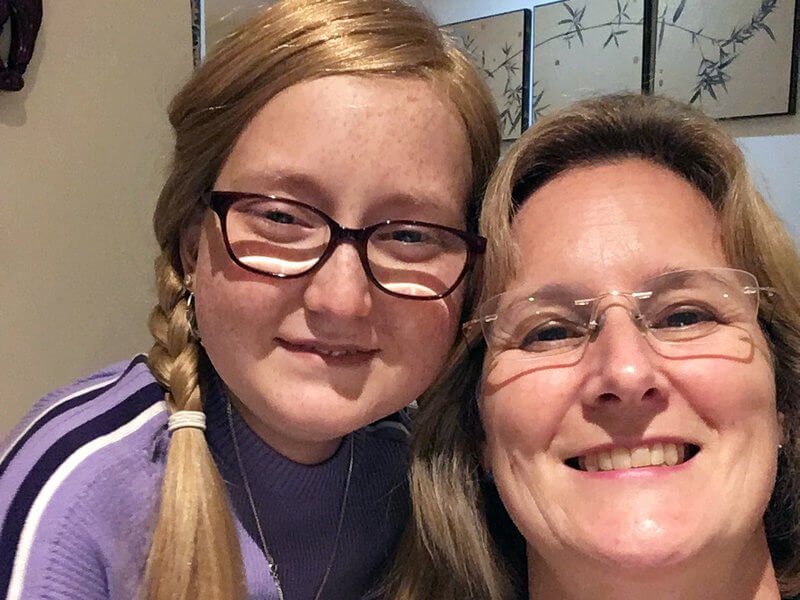In October 2017, Graham Hatfull received an urgent email from across the pond. A microbiologist colleague … was desperately looking for a way to help two patients… . The pair of teenagers, a girl and a boy, had cystic fibrosis… . And they had both recently received double lung transplants as a result. … But shortly after, infections … spreading across their skin and through their tissues were impervious to all the hospital’s antibiotics.
Since the late 1990s, the University of Pittsburgh microbiologist had been enlisting students to help him amass the world’s largest collection of bacteriophages—viruses that prey solely on bacteria—from around the world.
…
[Editor’s Note: In both plants and animals, DNA is carried from one bacterial cell to another naturally by a bacteriophage. Here, as in creation of GMO plants, a GMO was lab-created to help save the girl.]
Hatfull’s team … identified one phage that could attack the boy’s strain. But they were too late… . The girl, though, has been receiving a cocktail of three phages from Hatfull’s lab since June—including two that were genetically modified to better attack her bacteria.
Though she’s still recovering, her skin lesions have mostly disappeared, and her liver and lungs are back from the brink of organ failure.
…
Using a form of genetic engineering pioneered in his lab, Hatfull’s group removed the repressor gene that sent ZoeJ and BPs to virus dreamland. With that stretch of DNA gone, they could now blow apart bacteria too. And because the scientists hadn’t added any genes, merely deleted some, the phages weren’t subject to the European Union’s regulations around GMO therapeutics.
Read full, original post: Genetically Tweaked Viruses Just Saved a Very Sick Teen































